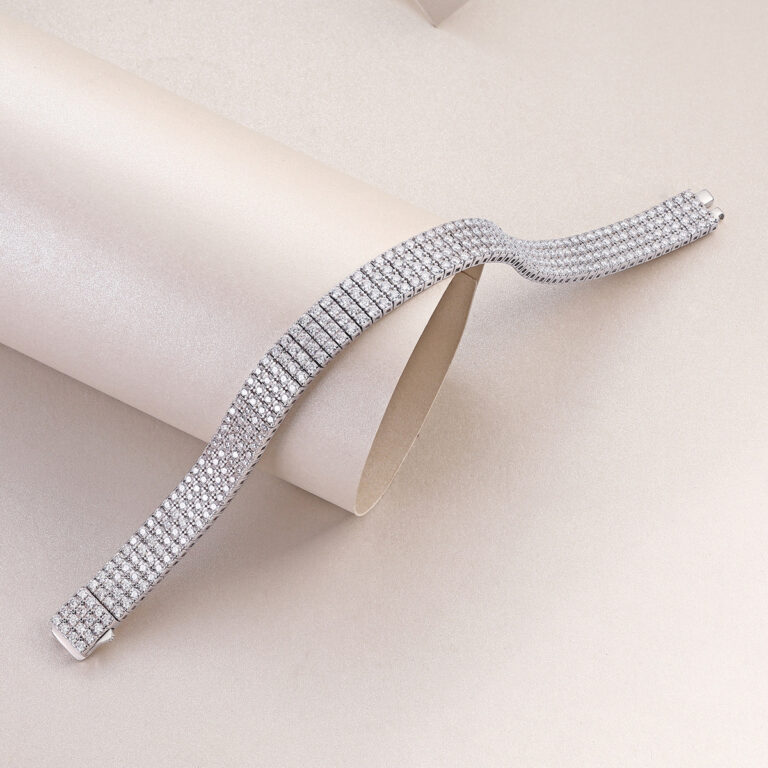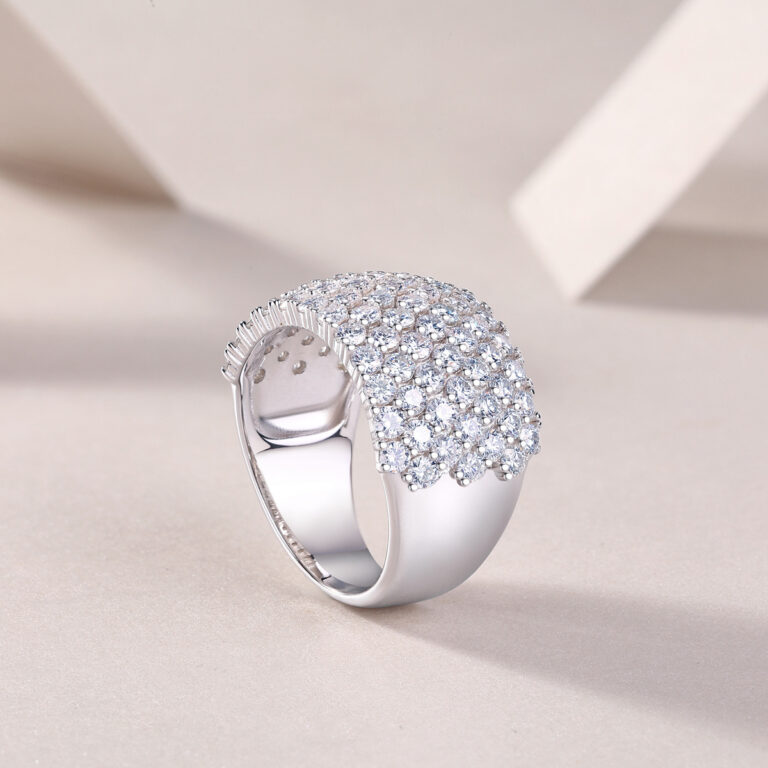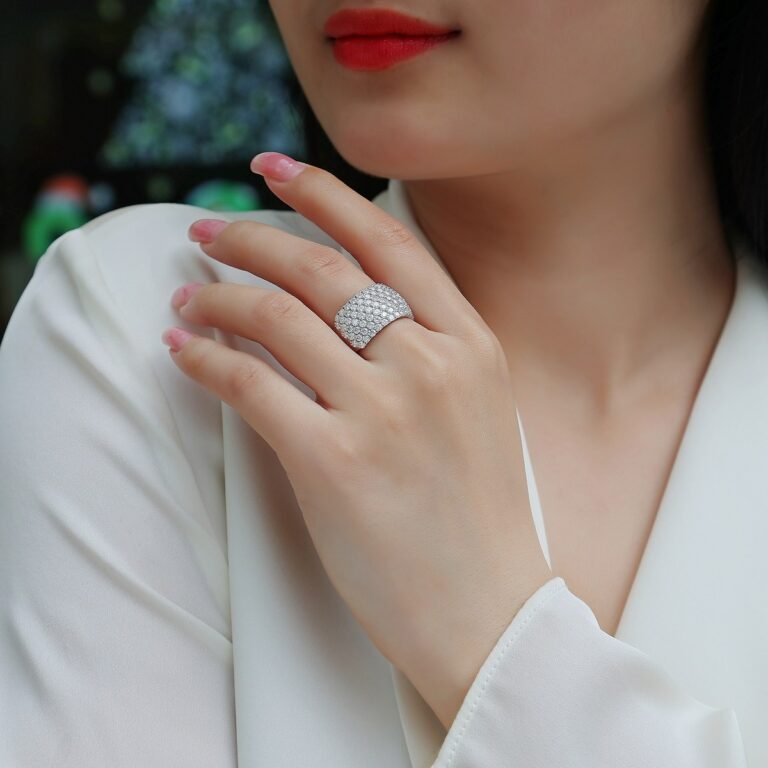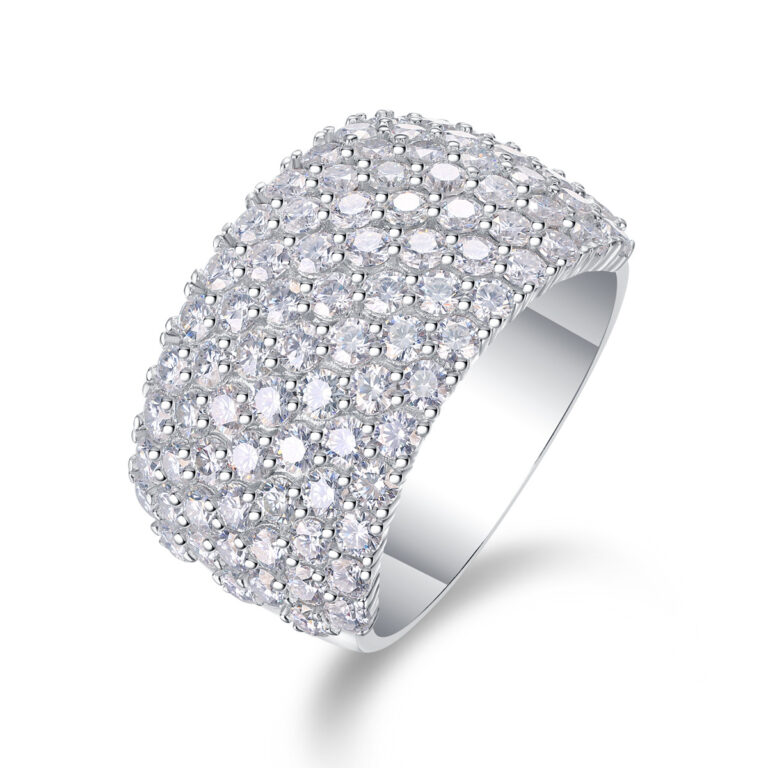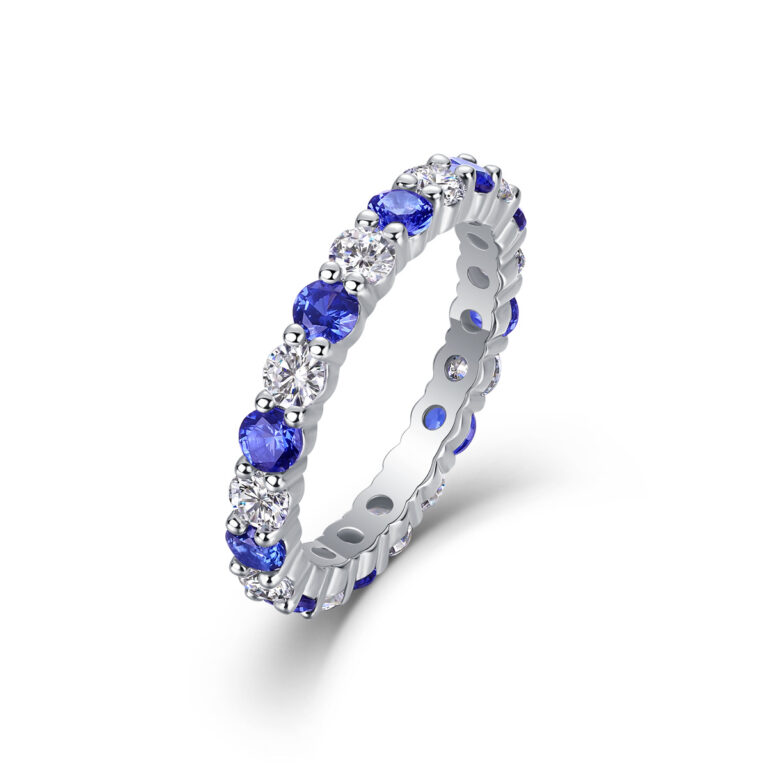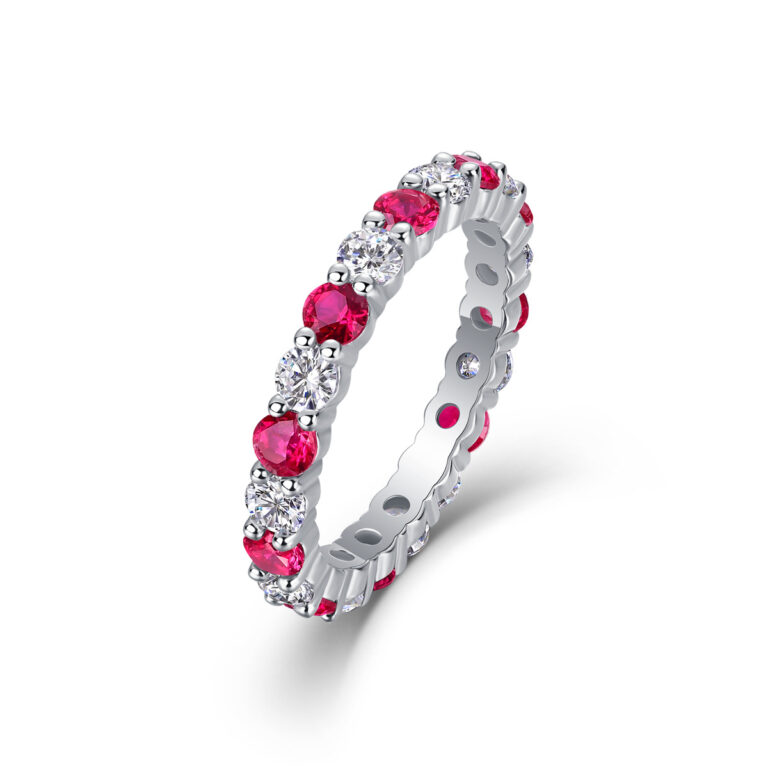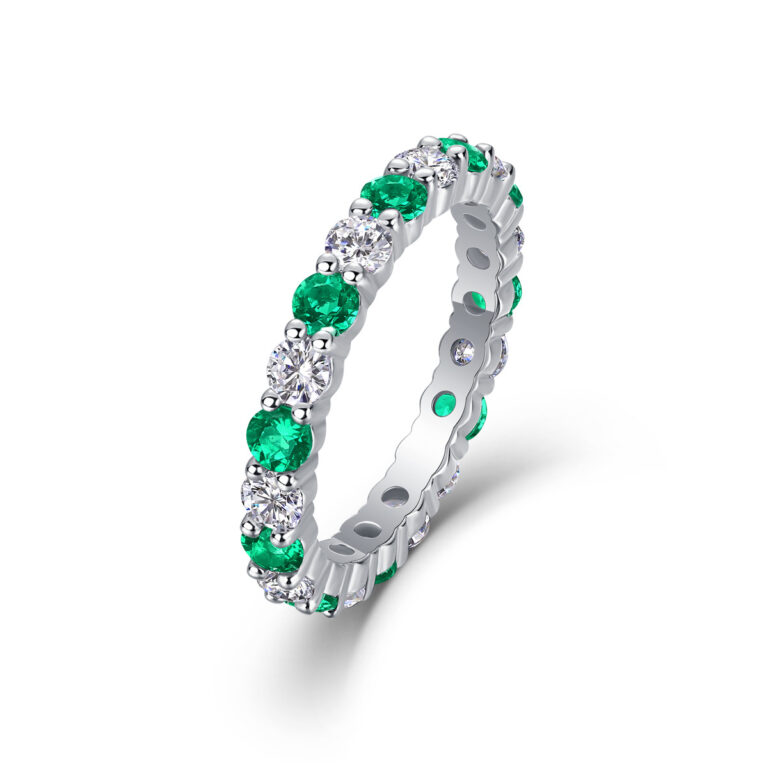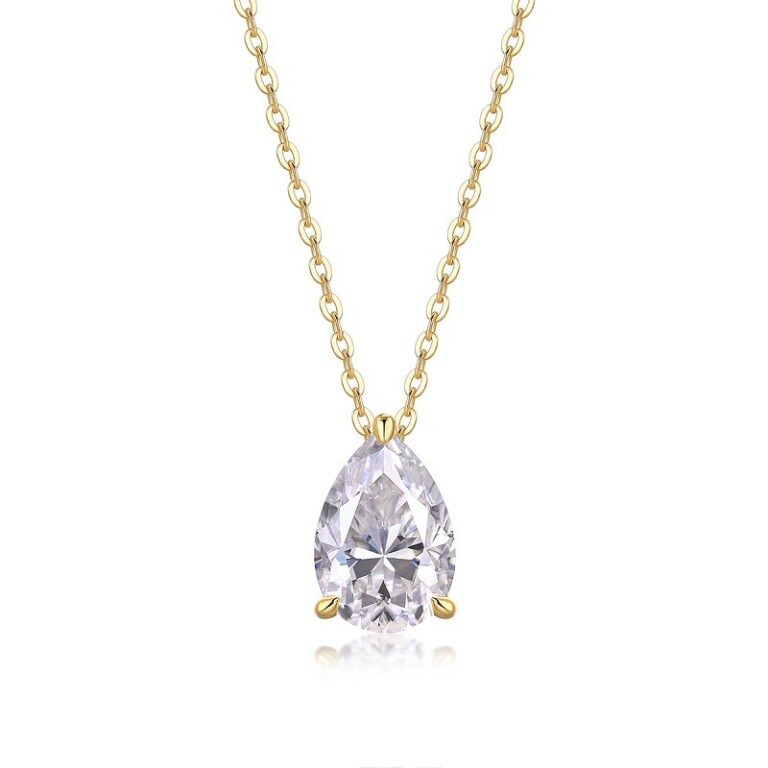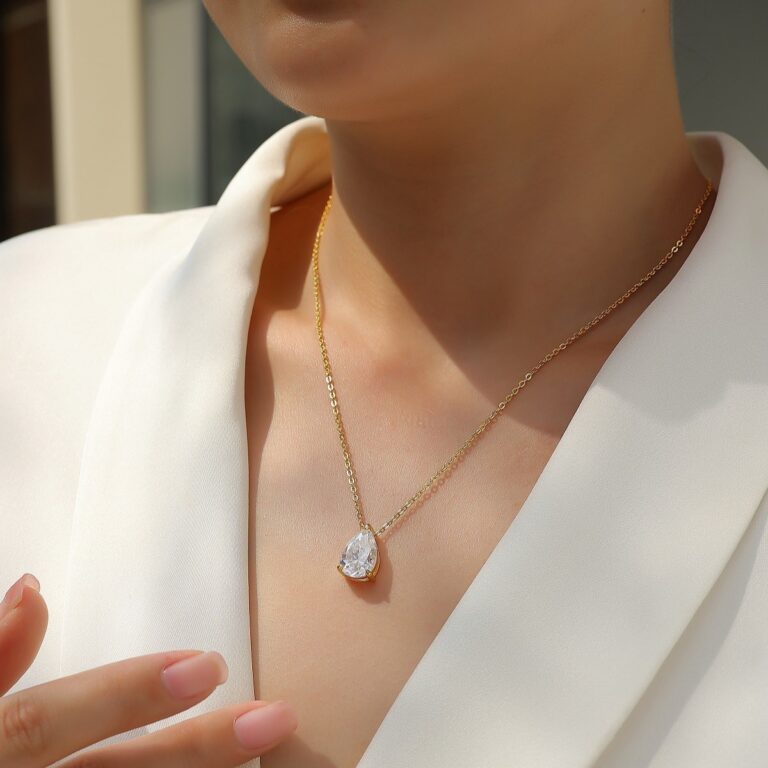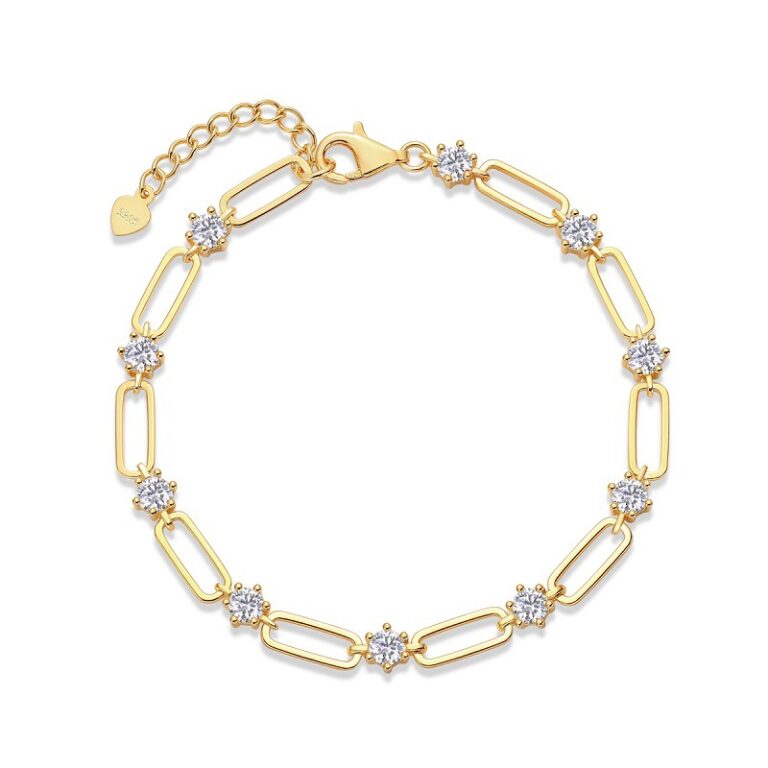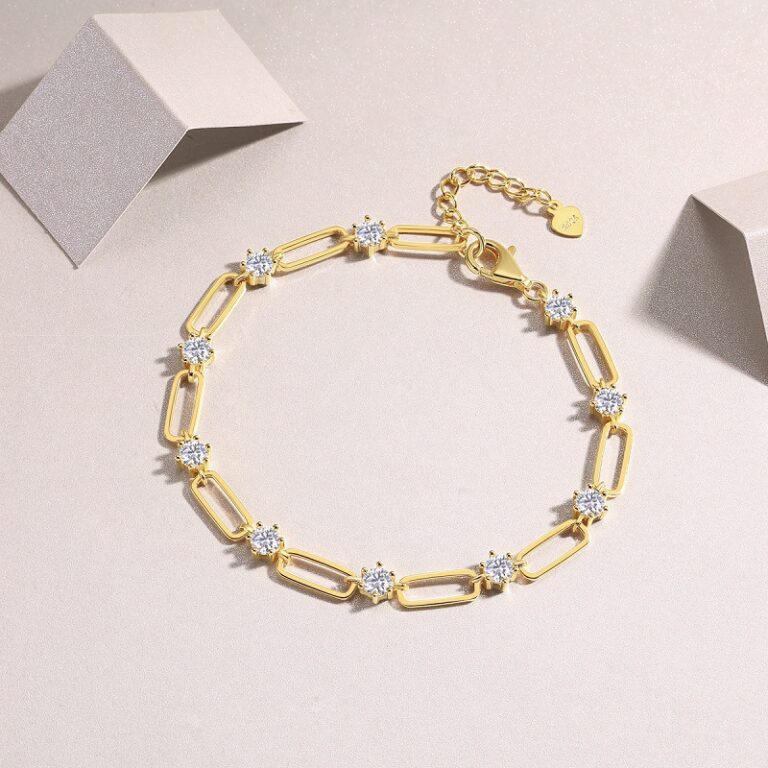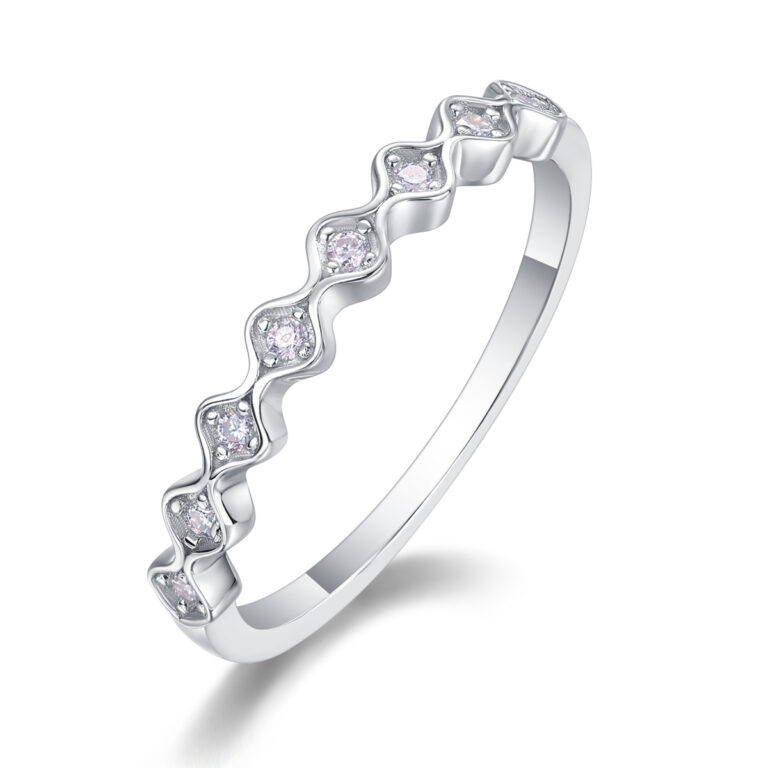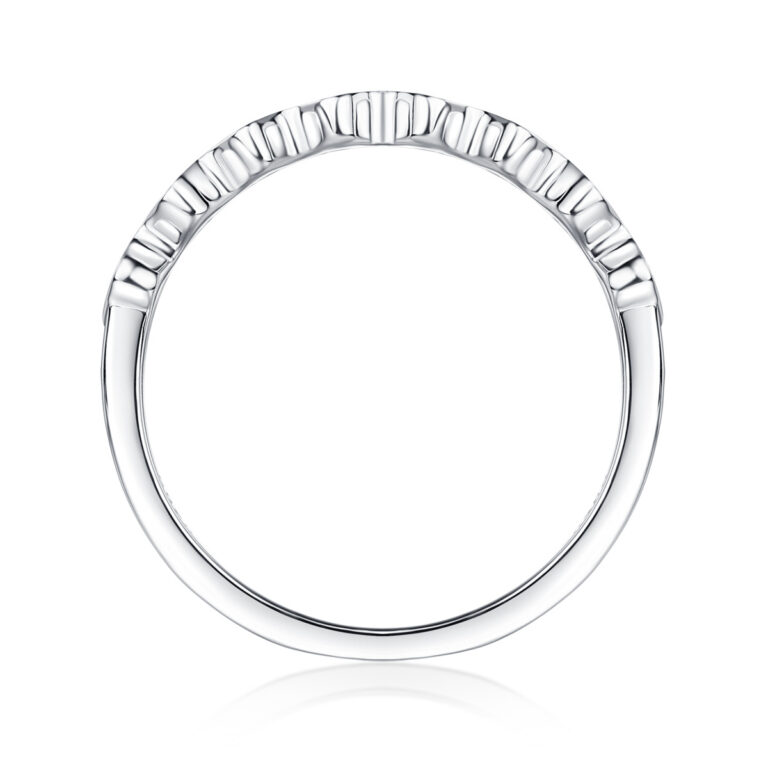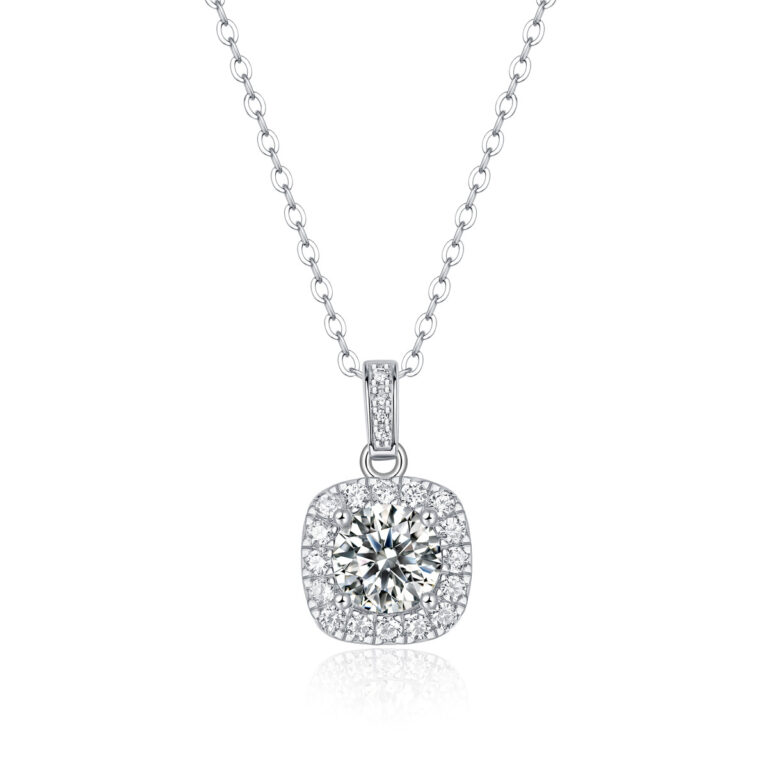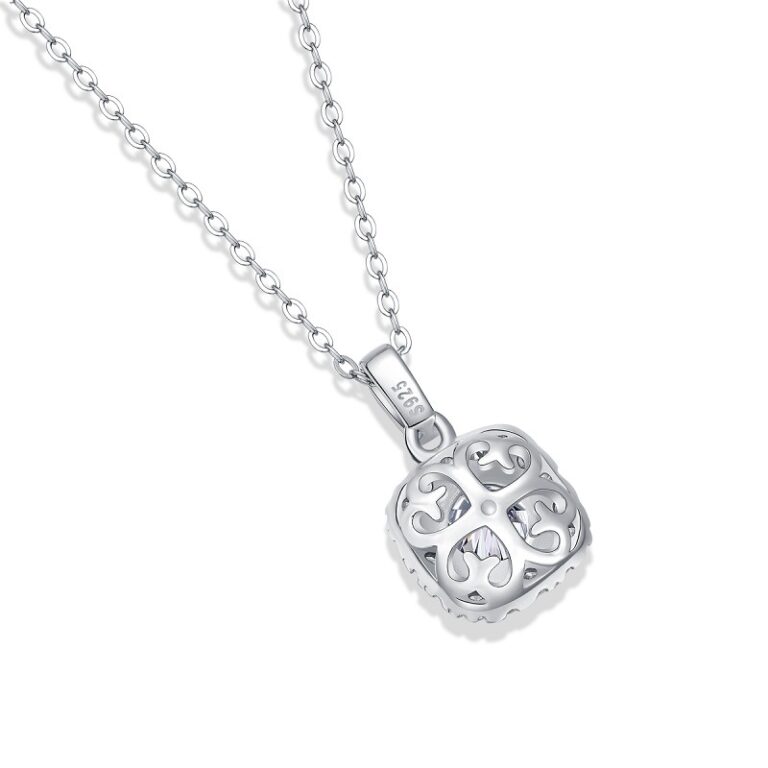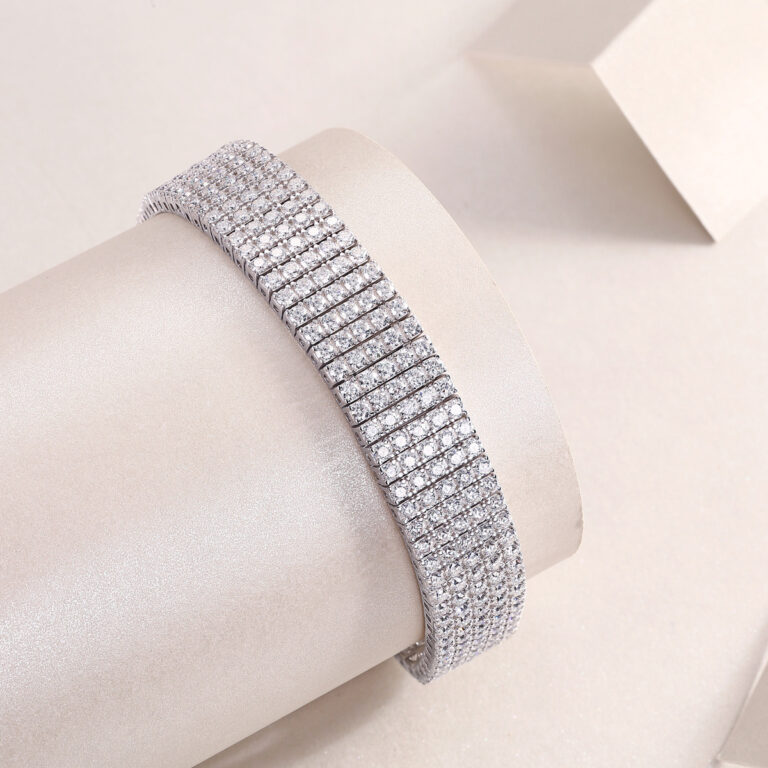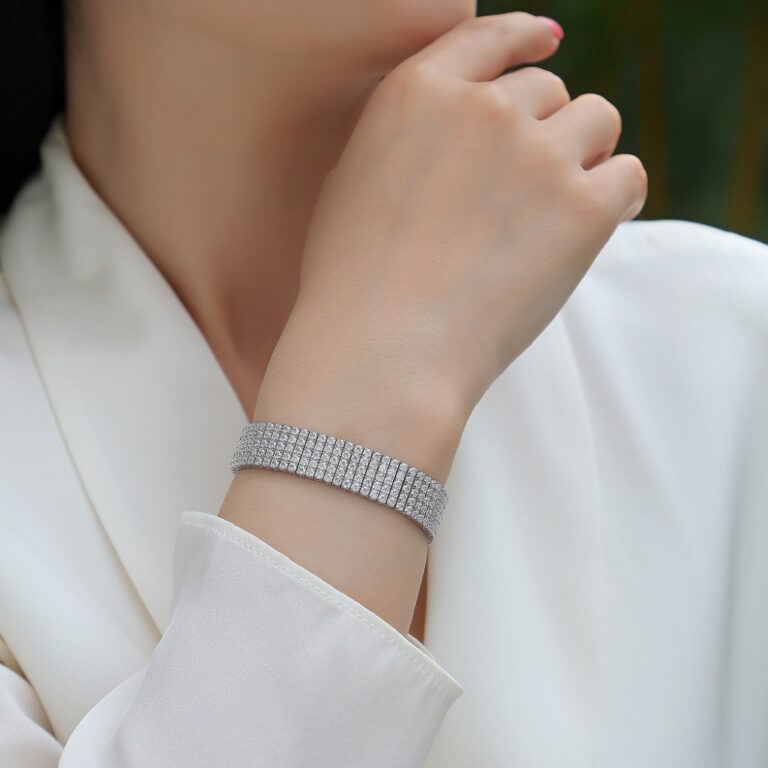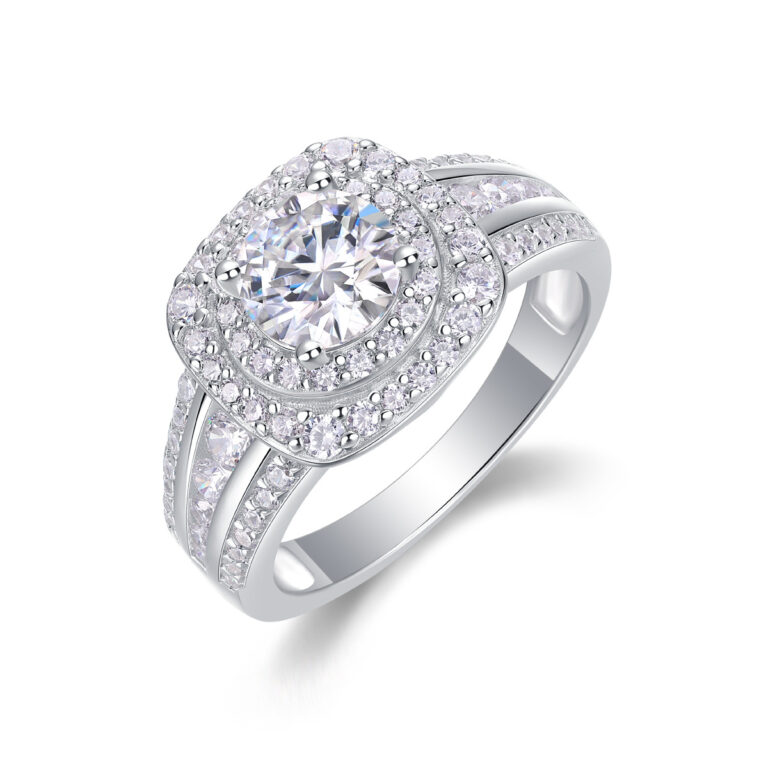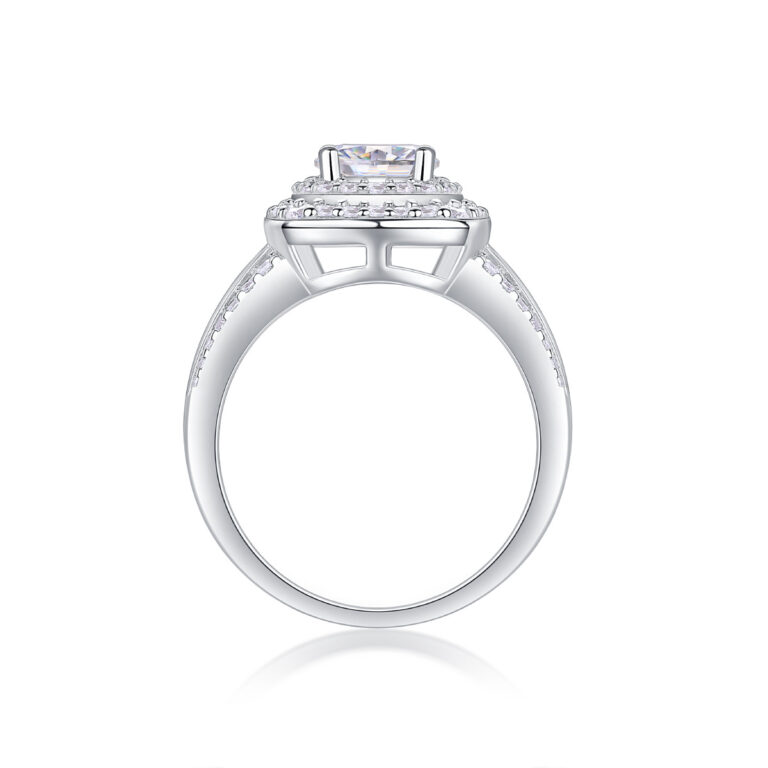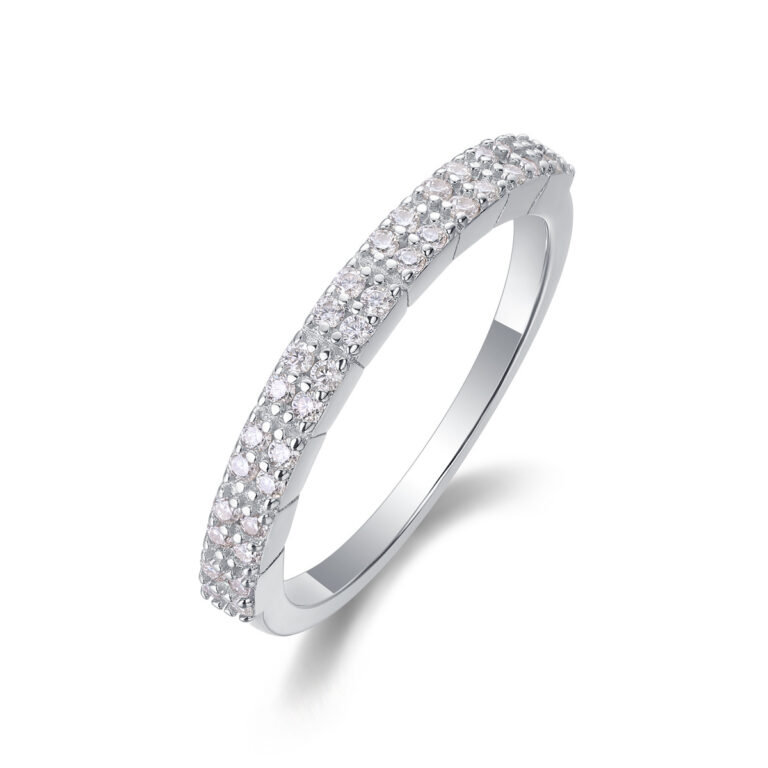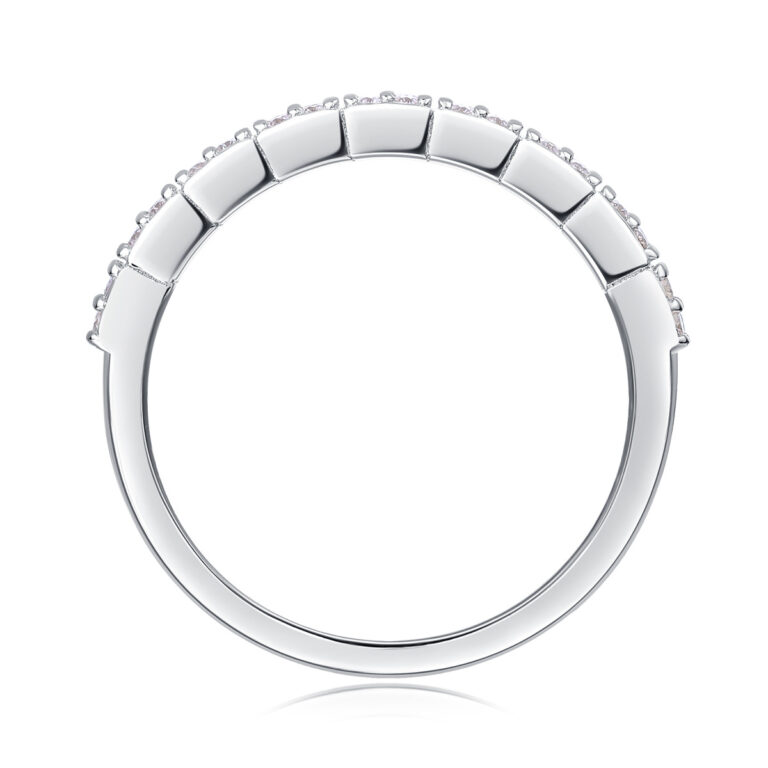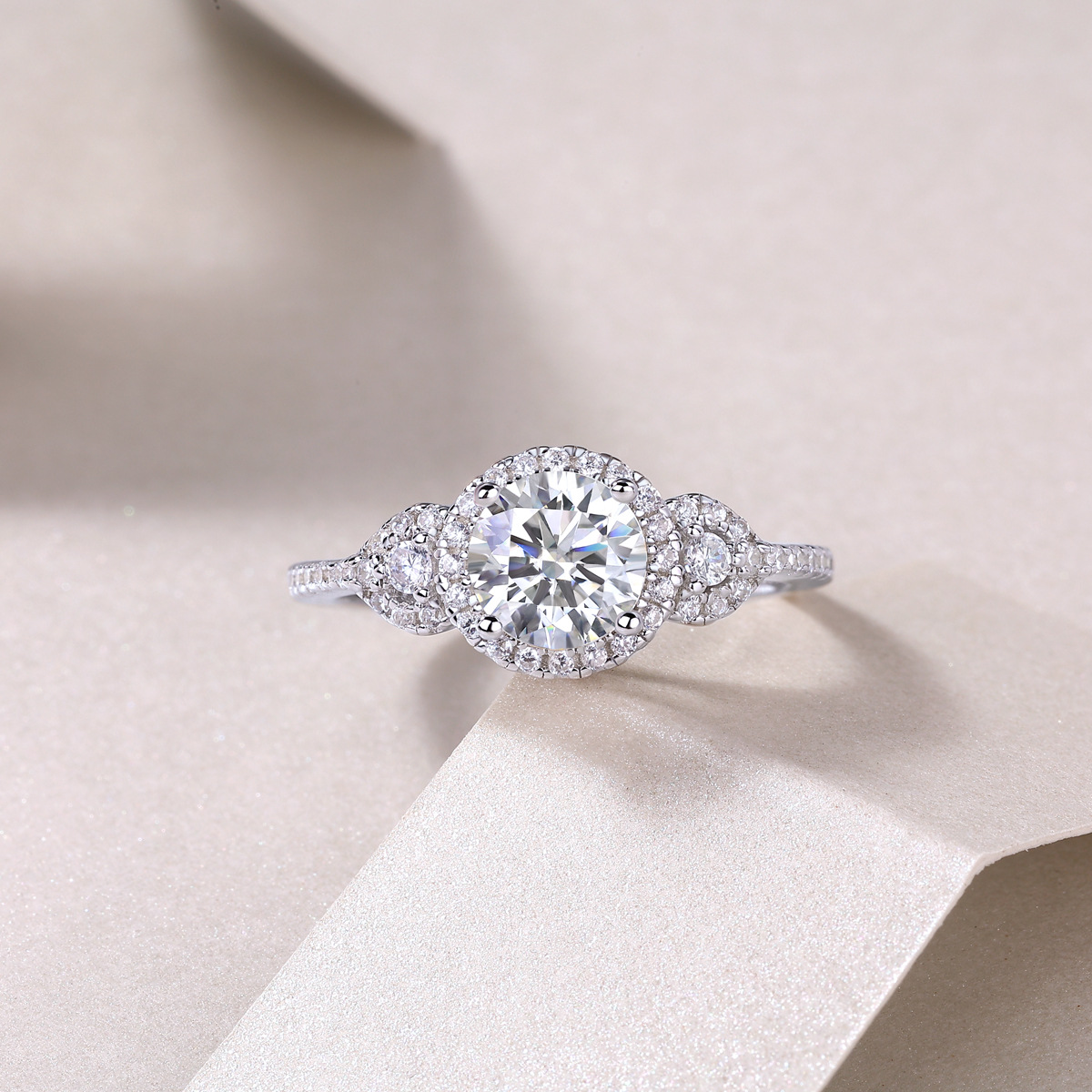Introduction
When we talk about jewelry, the cost is influenced by various factors including design fees, processing costs, material expenses, and logistics. Among these, material cost is a significant component. High-end jewelry often features rare natural gemstones like diamonds, which can be quite expensive. However, many contemporary pieces use moissanite, a gemstone that offers a similar aesthetic at a fraction of the cost. This article delves into the factors affecting moissanite per carat prices, providing a comprehensive analysis for merchants, e-commerce sellers, shop owners, retailers, and distributors.
Table of Contents
- Introduction
- Factors Influencing Moissanite Per Carat Prices
- Standard Pricing for One Carat Moissanite
- Additional Costs in Jewelry Making
- Wholesale vs. Dropshipping: Impact on Costs
- FAQs
- Conclusion
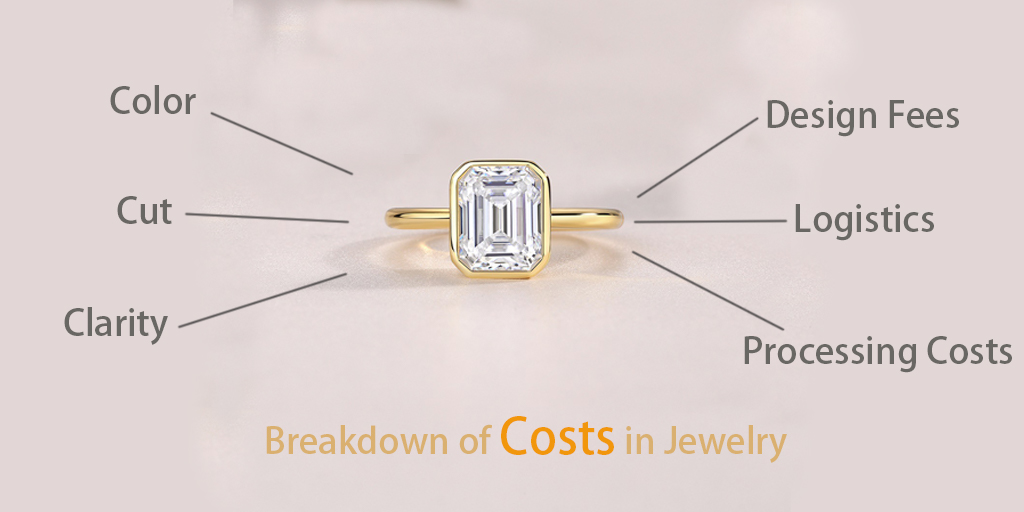
Factors Influencing Moissanite Per Carat Prices
Color
The color of moissanite plays a significant role in determining its value. Colorless moissanite, which closely mimics the appearance of diamonds, is generally more expensive than stones with a slight tint. While the Gemological Institute of America (GIA) does not officially grade moissanite, its color is often evaluated using a scale similar to that of diamonds. On this scale, D-F grades represent colorless moissanite, while G-H grades indicate a near-colorless appearance with minimal hue. Stones with more noticeable tints, such as faint yellow or green, are typically less valuable. This color-based grading system helps consumers understand the quality and pricing of moissanite in relation to its visual appeal.
Cut
The cut of a moissanite stone significantly impacts its brilliance, fire, and overall visual appeal. A well-cut moissanite optimizes light reflection and refraction, resulting in exceptional sparkle and scintillation. The precision of the cut, including symmetry and polish, directly influences its value, with ideal or excellent cuts typically commanding higher prices due to the skill and effort required to achieve such quality.
Clarity
Clarity refers to the presence of internal inclusions or external blemishes within a stone. Moissanite, being lab-created, typically has fewer inclusions than natural diamonds, making high-clarity stones more common. However, stones with exceptional clarity (such as FL or IF grades) are still rarer and more valuable. Clarity is graded on a scale from FL (flawless) to I (included), with higher clarity grades commanding higher prices due to their rarity and visual perfection.
Carat Weight
Carat weight measures a stone’s weight, which is closely related to its size. Larger moissanite stones are more challenging to produce and thus rarer, leading to a higher price per carat. As the carat weight increases, the price per carat rises significantly, making larger stones considerably more expensive. This price escalation is due to the increased production costs, technical challenges, and the higher demand for larger, more impressive stones.
Standard Pricing for One Carat Moissanite
A standard one-carat moissanite stone typically ranges from $10 to $40, depending on the factors mentioned above. This price is subject to change based on market conditions and advancements in moissanite production technology. It’s important to note that while moissanite is more affordable than diamonds, its price can still vary widely.
Additional Costs in Jewelry Making
Design Fees
Design fees can vary greatly depending on the complexity of the design and the reputation of the designer. High-end brands often charge premium prices for their unique designs. Custom designs also tend to be more expensive due to the personalized service involved.
Processing Costs
Processing costs include the labor and materials required to craft the jewelry. In regions like Shenzhen, China, there are numerous factories capable of producing high-quality jewelry at lower costs. These factories benefit from economies of scale and advanced manufacturing techniques.
Logistics
Logistics costs encompass shipping and handling fees. These costs can vary based on the shipping method and destination. Even within the United States, there can be significant differences in shipping costs depending on the location or the choice of logistics company.
Wholesale vs. Dropshipping: Impact on Costs
Wholesale
Wholesale purchasing involves buying jewelry in bulk, which can significantly reduce the per-unit cost. However, it requires a substantial upfront investment and comes with the risk of holding inventory. Wholesale buyers benefit from lower logistics costs per unit due to bulk shipping.
Dropshipping
Dropshipping allows sellers to offer products without holding inventory. Each item is shipped directly from the supplier to the customer. While this method eliminates inventory risk, it incurs higher logistics costs per unit. Dropshipping is ideal for testing new products and scaling operations without significant upfront investment.
FAQs
1、What is the average price of moissanite per carat?
The average price of moissanite per carat ranges from $10to $40, depending on factors such as color, cut, clarity, and carat weight.
2、How does moissanite compare to diamonds in terms of cost?
Moissanite is significantly more affordable than diamonds, with its price generally falling below 10% of that of a comparable diamond.
3、Can I buy moissanite jewelry in bulk?
Yes, moissanite jewelry can be purchased in bulk through wholesale channels, which can reduce the per-carat cost.
4、What are the benefits of dropshipping moissanite jewelry?
Dropshipping eliminates the need for inventory, reduces upfront costs, and allows sellers to test products easily. However, it comes with higher per-unit shipping costs.
Conclusion
Understanding the factors that influence moissanite per carat prices is crucial for anyone involved in the jewelry business. From the stone’s color, cut, clarity, and carat weight to additional costs like design fees, processing, and logistics, each element plays a role in determining the final price. Whether you choose to purchase wholesale or opt for dropshipping, it’s essential to consider all these factors to make informed decisions and optimize your business strategy.
